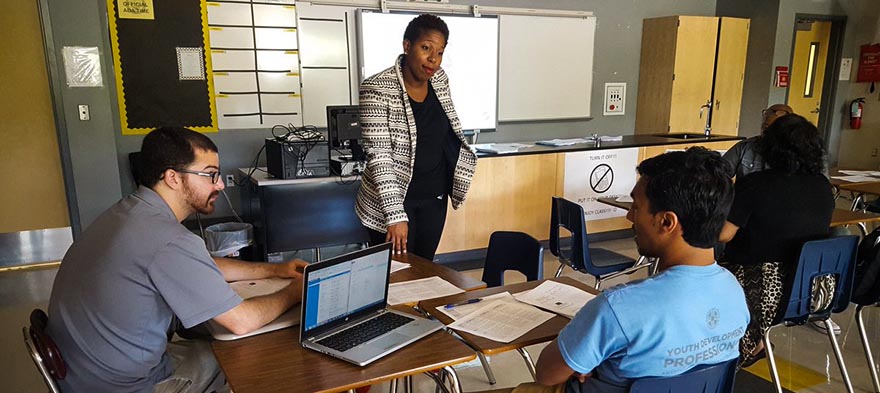
Mar 16, 2018 12:00:00 AM
Barbara Mullen is currently serving as the Co-Director of the Learning Leader Network for the Center for Leadership and Educational Equity in Providence, Rhode Island. Dr. Mullen has a wide variety of experience in cultural competency, leading for instructional and systemic equity and supporting special populations. She has served students, families and educators in several large urban districts across various campus and district level leadership roles.
Few issues in education spark more tension and debate than standardized testing. Are they a tool for equity or a burden on students? A necessary check on school systems or a flawed measure of...
Charter schools are public schools with a purpose. Operating independently from traditional school districts, they're tuition-free, open to all students, and publicly funded—but with more flexibility...
Despite the benefits of a diverse teaching force, prospective teachers of color fall out of our leaky preparation pipeline at every stage: preparation, hiring, induction, and retention. Here’s what...
Ed Post is the flagship website platform of brightbeam, a 501(c3) network of education activists and influencers demanding a better education and a brighter future for every child.
© 2020-2025 brightbeam. All rights reserved.
Leave a Comment